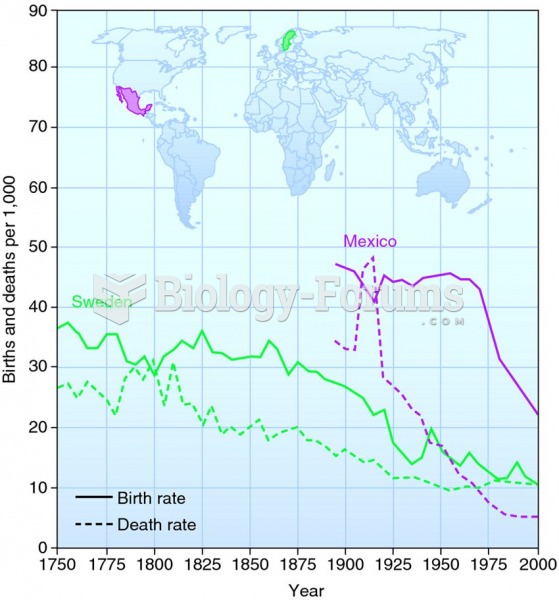Answer to Question 1
The theory of demographic transition: The rate of population growth is highest in developing countries. Researchers have observed that growth rates tend to decrease and then stabilize after a fairly high level of industrialization has been achieved. This observation is assumed to be true about population growth in general, and the assumption is called the theory of demographic transition. This transition is thought to take place in three stages:
Preindustrial agricultural societies. In this stage, there is a fairly stable population size. The societies have both high birthrates and high death rates.
Developing societies that are beginning to industrialize. In such societies, the birthrates remain high, but the death rates drop, leading to a rapid increase in the population. The death rates drop because these societies develop the medical capacities to keep people alive and increase the average life span.
Developed industrial societies. Such societies have both low birthrates and low death rates, resulting in a stable population once again. The low birthrates are thought to be due to people voluntarily limiting the number of children they have. Parents decide to have fewer children to maintain a higher standard of living for themselves and their children.
The theory of demographic transition gives hope that, as developing countries continue to industrialize, their high population growth rates will eventually decrease and then stabilize. However, the concept of demographic transition is merely a theoretical model. It is a summary statement of what happened in the United States and in many other industrialized nations. Because some past societies have had this demographic history does not necessarily mean that current developing nations will repeat the same patterns. At present, tragically, most developing countries have become lodged in a holding pattern in the middle stage of demographic transition, with high birthrates and lowered death rates. The longer these countries remain in this stage, the more the size of their populations will swell and the more difficult it will become for them to industrialize and complete the demographic transition.
Answer to Question 2
a







